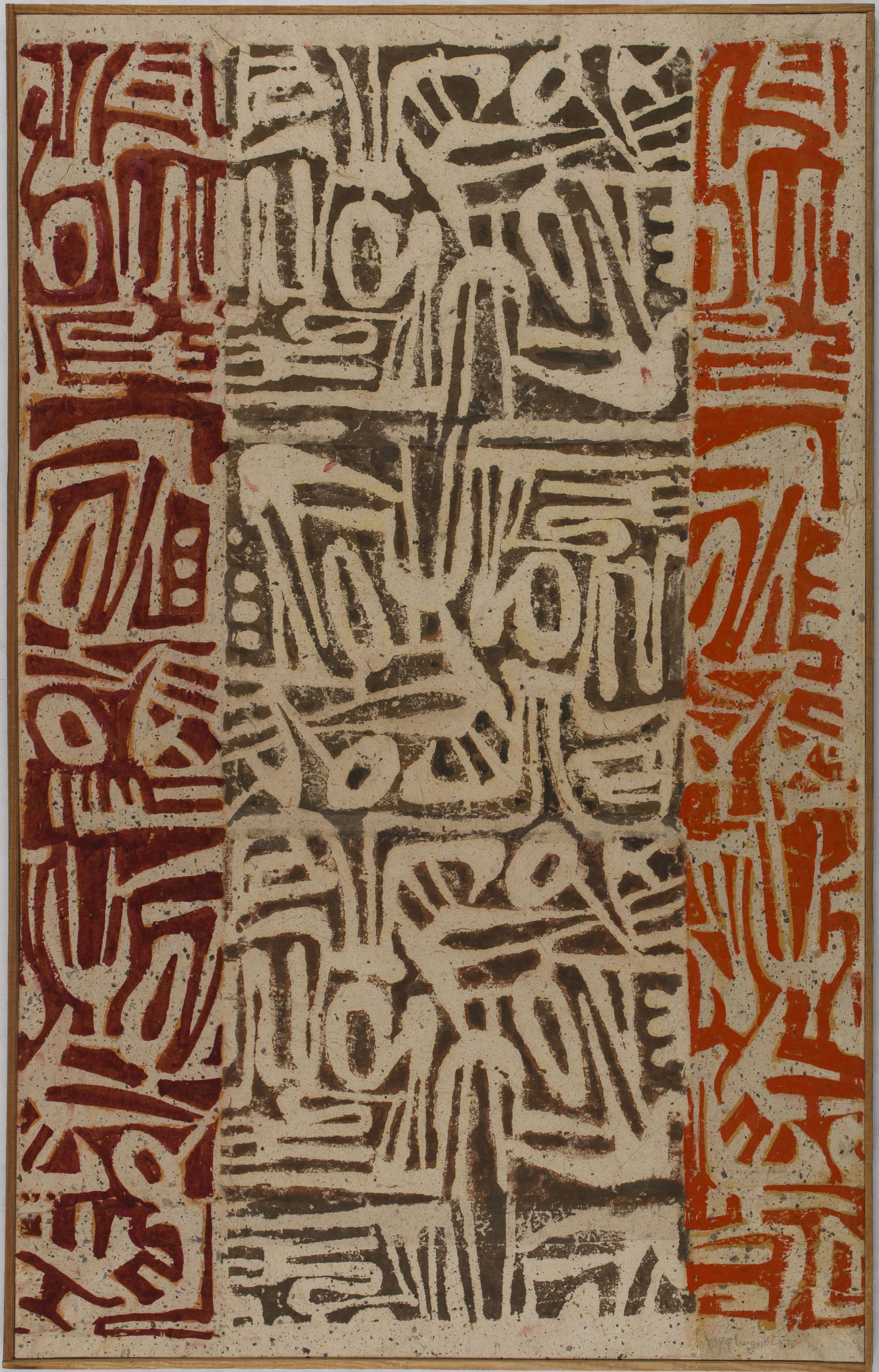
Composition (구성)
Papier, Encre, Couleurs - Pigments
Peinture
Don manuel : Park, In-kyung 박인경, 朴仁景
M.C. 2013-32
Lee Ungno, who lived in France from 1959 until his death in 1989, is one of the leading masters of ink painting in Korea and a well-known artist in France.
Lee Ungno, born in 1904 in Korea, took up painting at an early age and enjoyed his first successes in the 1920s. From the 1940s his work evolved considerably to espouse modernist trends. In late 1959 he settled in France and spent most of his time there until his death in 1989. His career ranks him as a pioneer of contemporary Korean art and has shaped the history of the Cernuschi Museum collections.
Lee Ungno was a multidisciplinary artist driven by a strong interest in experimentation. He produced thousands of works using a range of media. In the 1950s, he focused on the free brushstroke inspired by calligraphy, creating works that visually resembled Art Informel, with subjects that disappeared behind a surface covered with vigorous lines and splashes of colour. On his arrival in Paris, he pursued his work on expression and all-over techniques using dense collages of crumpled paper from magazines.
His interest in calligraphy then led him to create imaginary ideograms. These would form the expressive vocabulary of his work until the late 1970s. The modern appearance of these works is thus related to Lee’s sense of the pictorial aspect of handwriting, perceptible in his use of arbitrary visual signs with deliberately ambiguous connections to hypothetical referents.
His style then changed again with his return to monochrome ink on paper. The most common motif in his paintings became the multiple repetition of the human figure to form huge crowds, part abstract calligraphic composition and part humanistic dance reflecting his progressive ideals. These crowds can thus be seen as a symbol of the burgeoning democracy in South Korea.